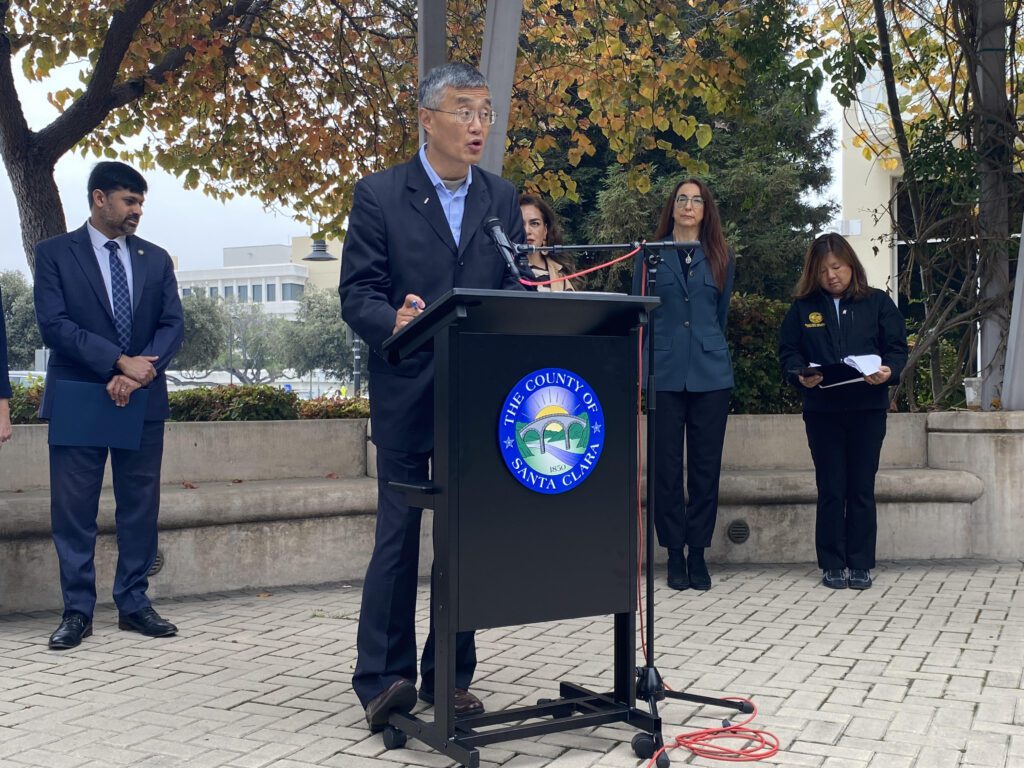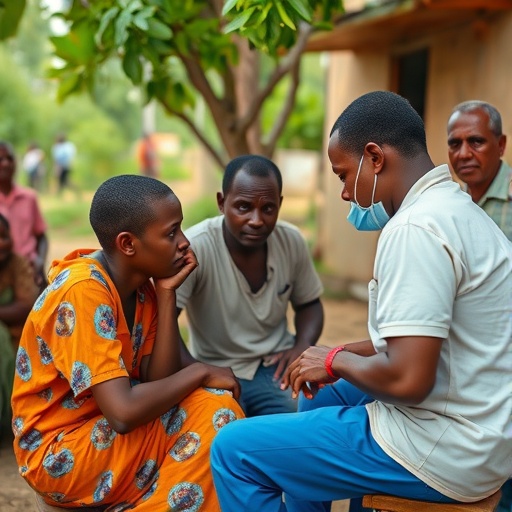Conflict Index – ACLED

Global Conflict Analysis: A Report on Escalating Violence and its Detrimental Impact on the Sustainable Development Goals
Executive Summary: A Severe Setback for SDG 16
Recent data indicates a dramatic escalation in global conflict, posing a significant threat to the achievement of the 2030 Agenda for Sustainable Development, particularly SDG 16 (Peace, Justice and Strong Institutions). The proliferation of violence, rising fatalities, and the changing nature of conflict undermine global stability and reverse progress across multiple development goals.
- Conflict events have nearly doubled in the past five years, reaching almost 200,000 in the last year.
- Reported fatalities conservatively exceed 233,000 in the same period, a direct contravention of SDG 3 (Good Health and Well-being).
- The increase in violence directly threatens the safety and security of communities, hindering progress towards SDG 11 (Sustainable Cities and Communities).
Analysis of Global Conflict Escalation
Quantitative Trends in Political Violence
The scale of rising conflict represents a critical challenge to international peace and security frameworks. The data reveals a consistent and alarming upward trend.
- From 104,371 conflict events recorded in 2020, the number has surged to nearly 200,000 in the past year.
- Political violence events in 2024 increased by 25% compared to 2023, continuing a significant year-on-year increase since 2020.
- This violence is a primary driver of humanitarian crises, exacerbating conditions targeted by SDG 1 (No Poverty) and SDG 2 (Zero Hunger).
Geopolitical Drivers and Key Conflict Zones
The intensification of violence is not isolated, with several major conflicts contributing to the global figures. The failure to de-escalate these situations highlights challenges for SDG 17 (Partnerships for the Goals), which relies on international cooperation.
- Major new or restarted conflicts in Ukraine, Gaza, and Myanmar are primary drivers of the increase.
- Sustained high levels of violence persist in nations including Sudan, Mexico, Yemen, and countries in the Sahel region.
- The proliferation of armed groups and the expansion of conflict zones expose a growing number of civilians to violence, directly undermining the core principles of SDG 16.
The Evolving Nature of Conflict and its Impact on Development
Diversification of Violent Tactics
The methods of conflict have evolved, with a significant increase in the use of remote and indiscriminate weaponry. This trend has severe implications for civilian safety and infrastructure, which are foundational to sustainable development.
- Bombing events reached over 90,000 in 2024, nearly doubling the rate of battles.
- The use of ‘remote violence’ has almost doubled since 2022, indicating a shift in warfare tactics that increasingly endangers civilian populations and infrastructure, impacting SDG 9 (Industry, Innovation and Infrastructure).
- Violence against civilians is now the third most common form of conflict event, demonstrating a widespread failure to protect non-combatants as mandated by international law and the spirit of the SDGs.
Electoral Integrity and Institutional Stability
The integrity of political processes, a cornerstone of SDG 16’s call for strong institutions, has been widely challenged by violence.
- In 2024, over a third of the 70 countries holding national elections experienced at least one act of electoral violence.
- On average, countries with elections saw a 63% increase in political violence, compared to a 21% increase in those without.
- This trend suggests that democratic processes are increasingly becoming arenas for violent contention, eroding public trust and institutional legitimacy.
Conflict Dynamics Across Economic Spectrums
Contrary to traditional assumptions, conflict is no longer confined to low-income states. Its growth in more developed nations indicates that economic progress alone is insufficient to ensure peace, complicating the relationship between SDG 8 (Decent Work and Economic Growth) and SDG 16.
- The majority of conflict now occurs in middle-income and ‘partially free’ countries.
- Conflict is growing more strongly in middle- and high-income nations, demonstrating that development does not automatically constrain violence.
Regional Analysis and Conflict Index Movements
Specific regional dynamics illustrate the varied and complex nature of modern conflict, with significant movements in the global conflict index.
- Escalating Crises: Lebanon, Libya, and Peru have seen worsening conflict levels, threatening to erase development gains and destabilize their regions.
- Complex Scenarios: In Haiti, conflict events have doubled since 2020. In Yemen, overall violence has declined, but the conflict is expanding into new domains like the Red Sea.
- The ‘Power vs. Control’ Dilemma: In the Sahel (Mali, Burkina Faso, Niger), as well as in Myanmar and Mexico, governments may hold power but lack control over vast territories. This institutional weakness, a failure of SDG 16, allows non-state actors to create illicit economies and perpetrate violence, further undermining state legitimacy and development efforts.
2025 Outlook: A Continued Threat to the SDG Agenda
Projections for the Coming Year
The forecast for 2025 suggests that the high levels of global violence will persist, presenting an ongoing and severe obstacle to the 2030 Agenda.
- Conflict event rates are projected to grow by 15-20% in 2025.
- Monthly reported fatalities are expected to be approximately 20,000.
- The involvement of external state and non-state actors in various conflicts will be a key determinant of whether violence escalates or stabilizes at this new, higher baseline.
This sustained level of violence will continue to divert resources from essential services like health and education (SDG 4), displace populations, and destroy the social and physical infrastructure necessary for sustainable development. Achieving the global goals is fundamentally impossible without a renewed and effective commitment to SDG 16 to foster peaceful, just, and inclusive societies.
SDG Analysis of the Article on Global Conflict Trends
1. Which SDGs are addressed or connected to the issues highlighted in the article?
The primary Sustainable Development Goal (SDG) addressed in the article is:
- SDG 16: Peace, Justice and Strong Institutions
Explanation: The entire article is dedicated to the theme of rising global conflict, which is the central focus of SDG 16. It discusses the proliferation of violence, conflict-related deaths, political instability, and the challenges to governance and the rule of law in numerous countries. The text explicitly details the failure to achieve peace and security, highlighting trends like a near-doubling of conflict events, increasing fatalities, and the spread of violence to middle-income and democratic countries. These issues directly contradict the aim of SDG 16 to “promote peaceful and inclusive societies for sustainable development, provide access to justice for all and build effective, accountable and inclusive institutions at all levels.”
2. What specific targets under those SDGs can be identified based on the article’s content?
Based on the article’s content, the following specific targets under SDG 16 can be identified:
-
Target 16.1: Significantly reduce all forms of violence and related death rates everywhere.
Explanation: This target is the most prominent in the article. The text provides extensive data showing a failure to meet this target, instead documenting a significant increase in violence. It states, “In the past five years, conflict levels have almost doubled,” and reports “over 233,000 deaths… resulting from these events in the past year.” The article further breaks down the types of violence, noting that “All forms of conflict events have increased,” including bombings, battles, and direct violence against civilians.
-
Target 16.7: Ensure responsive, inclusive, participatory and representative decision-making at all levels.
Explanation: The article connects this target to the issue of electoral violence. It notes that “Over a third of the countries where a national election was held this year experienced at least one act of electoral violence.” This violence, used by political groups “to remain in power or seize it,” directly undermines the principles of safe, inclusive, and representative decision-making processes that are fundamental to this target.
-
Target 16.3: Promote the rule of law at the national and international levels and ensure equal access to justice for all.
Explanation: This target is implicitly addressed when the article discusses the breakdown of state control and the rise of non-state armed groups. The description of the situation in the Sahel, where “governments in Mali, Burkina Faso, and Niger are in power but hardly in control,” and in Mexico, with its “cartel civil war,” illustrates a collapse of the rule of law. The article notes how gangs “destroy public space and politics,” which is a direct challenge to the state’s ability to provide justice and security.
3. Are there any indicators mentioned or implied in the article that can be used to measure progress towards the identified targets?
Yes, the article provides several direct and implied indicators that can be used to measure progress (or lack thereof) towards the identified targets.
-
For Target 16.1 (Reduce violence and death rates):
- Number of conflict events: The article provides a direct count, stating, “for 2020, we recorded 104,371 conflict events; this year, for the same period, nearly 200,000.” This serves as a direct indicator of the volume of violence.
- Number of conflict-related deaths: The text gives a specific figure: “The over 233,000 deaths are a conservative estimate of reported fatalities.” This aligns with Indicator 16.1.2 (Conflict-related deaths per 100,000 population), although presented here as an absolute number.
- Types of violent events: The article quantifies different forms of violence, such as “Bombings now represent over 90,000 events in 2024.” This provides a qualitative and quantitative measure of the nature of the violence.
-
For Target 16.7 (Ensure responsive and inclusive decision-making):
- Incidence of electoral violence: The article implies an indicator by stating, “Over a third of the countries where a national election was held this year experienced at least one act of electoral violence.” The proportion of elections marred by violence is a clear metric for assessing the safety and integrity of participatory processes.
4. Table of SDGs, Targets, and Indicators
| SDGs | Targets | Indicators Identified in the Article |
|---|---|---|
| SDG 16: Peace, Justice and Strong Institutions | 16.1: Significantly reduce all forms of violence and related death rates everywhere. |
|
| SDG 16: Peace, Justice and Strong Institutions | 16.7: Ensure responsive, inclusive, participatory and representative decision-making at all levels. |
|
| SDG 16: Peace, Justice and Strong Institutions | 16.3: Promote the rule of law at the national and international levels and ensure equal access to justice for all. |
|
Source: acleddata.com

What is Your Reaction?
 Like
0
Like
0
 Dislike
0
Dislike
0
 Love
0
Love
0
 Funny
0
Funny
0
 Angry
0
Angry
0
 Sad
0
Sad
0
 Wow
0
Wow
0



























;Resize=805#)


















































